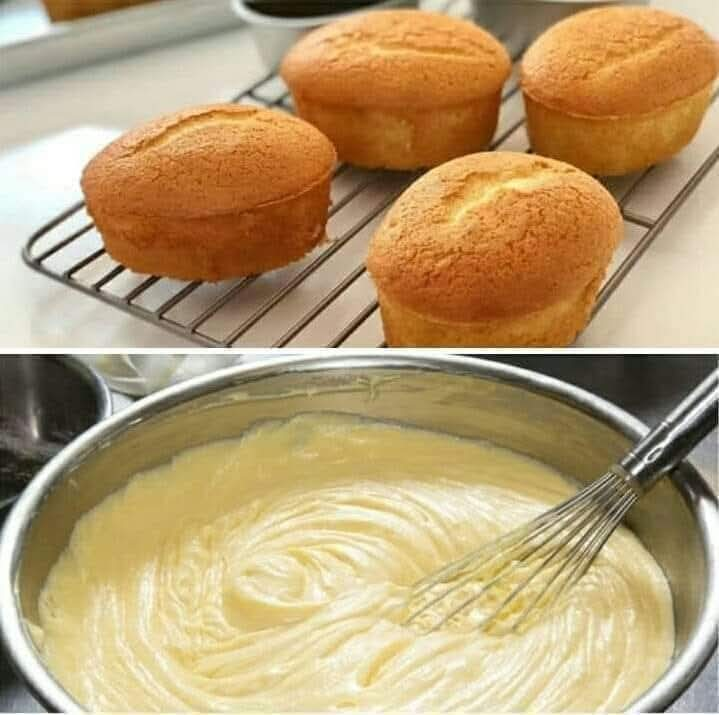How to Make
To achieve the perfect cupcake texture, it’s important to mix your batter just until everything is combined. Overmixing can lead to tough cupcakes, which you want to avoid.
Use room-temperature ingredients whenever possible, especially the eggs and butter. This ensures a smooth, even batter that bakes uniformly.
Make sure the butter is fully melted and slightly cooled before mixing it with the eggs and sugar. If it’s too hot, it could cook the eggs prematurely, affecting the batter’s consistency.
When adding the sour cream, ensure it’s not too cold. Room-temperature sour cream blends more easily and won’t curdle when combined with the warm butter.
Slaking the baking soda with vinegar before adding it to the batter is crucial for activating its leavening power. This helps create fluffy and light cupcakes.
Layering the condensed milk properly is key. Place a small amount of batter in each liner, then a teaspoon of condensed milk, followed by more batter. This creates a delicious, gooey center in each cupcake.
Once baked, allow the cupcakes to cool slightly before serving. This helps the condensed milk center settle and prevents burns from the hot filling.
Variations
For a chocolatey twist, add a few tablespoons of cocoa powder to the batter and use chocolate condensed milk for the filling.
Incorporate chopped nuts such as walnuts or pecans into the batter for a delightful crunch and added richness.
Add a teaspoon of vanilla extract or almond extract to the batter for extra depth of flavor. These small changes can elevate the cupcakes beautifully.
Try swapping the sour cream with plain Greek yogurt for a tangier taste and a slightly denser texture.
Mix in dried fruits like raisins, chopped dates, or cranberries to add natural sweetness and chewiness to the cupcakes.
Top the cupcakes with a dusting of powdered sugar or a drizzle of caramel after baking to enhance presentation and flavor.
Next Page
